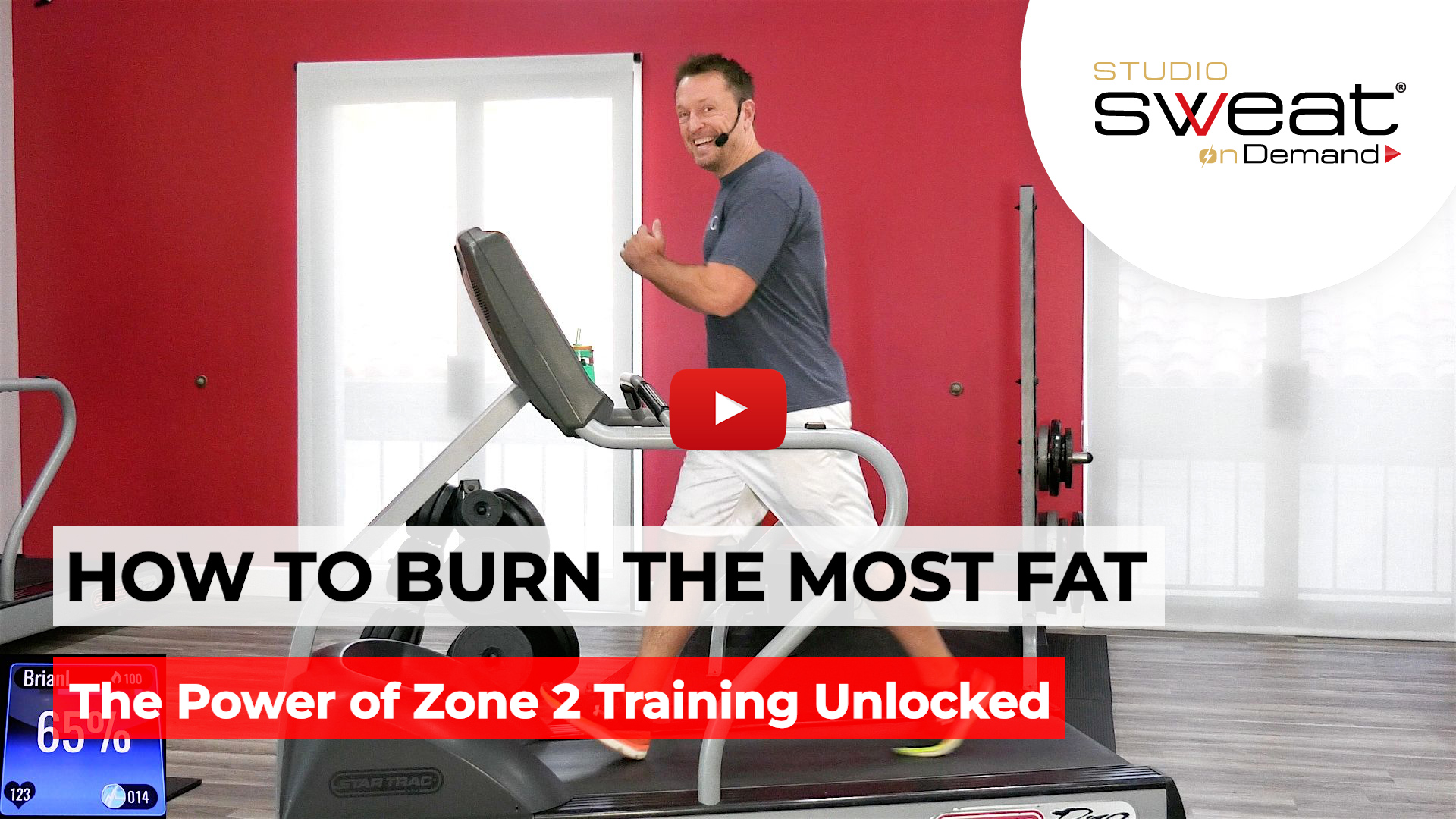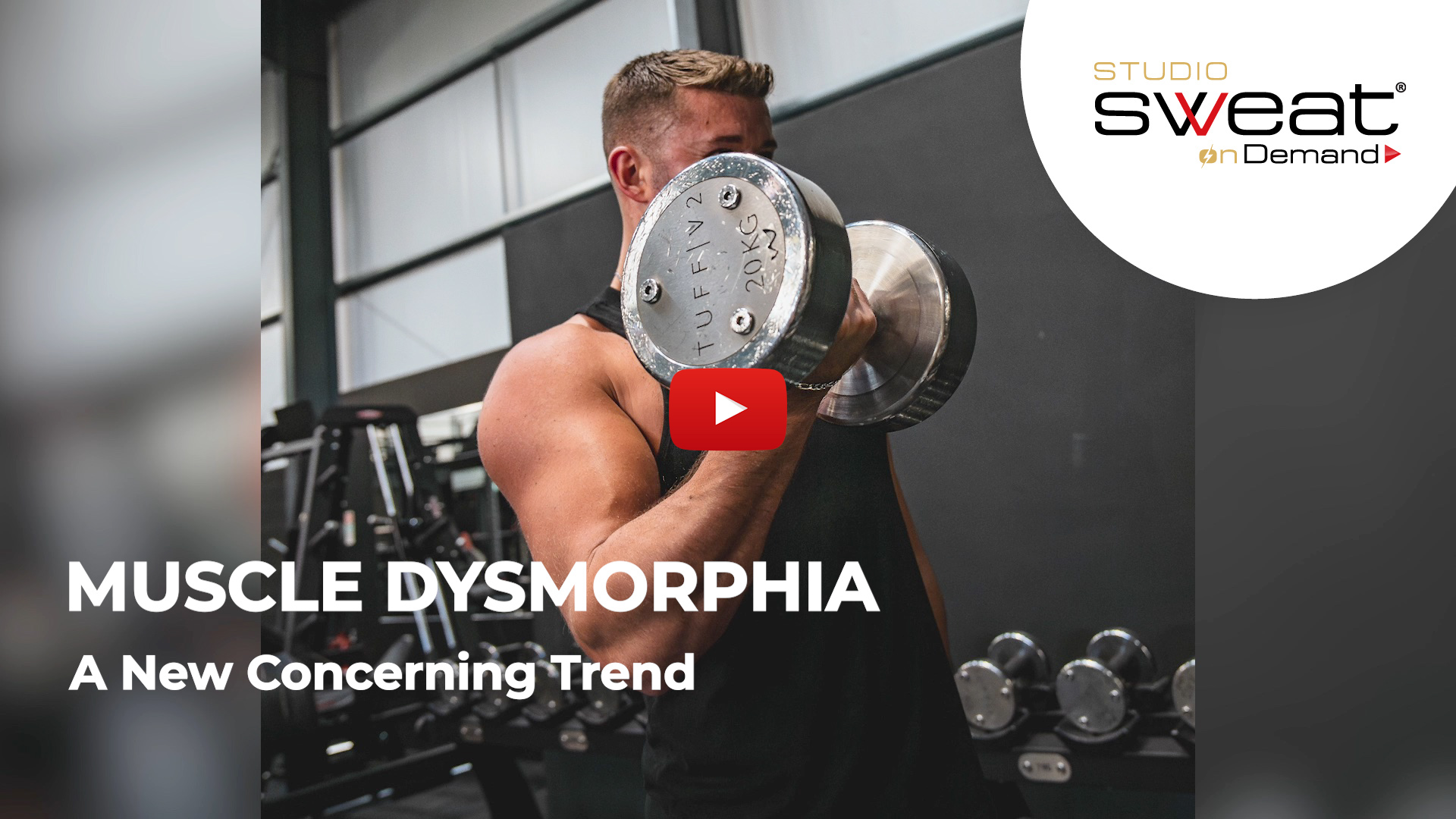ANKLE WEIGHTS, WRIST WEIGHTS, AND WEIGHTED VESTS | Help or Hurt, That is the Question!
You ever see someone at the gym with an extra vest on or maybe weights strapped around their ankles, and wonder why? Studio SWEAT onDemand Trainer AJ has been a trainer for over 20 years, and specializes in injury prevention and weight lifting, so we asked her to give us the low-down on wearable weights.
What are wearable weights?
Just like it sounds, wearable weights are those that you can wear or strap onto yourself during exercise. You’ll find ankle, wrist, and weighted vest options.
Why use wearable weights?
- Enhance your exercise resistance and intensity.
- Increase athletic performance.
- Lose weight by burning more calories during exercises.
- Can help prevent injury because you’re loading up joints and activating muscles a little bit more.
- A great way to have hands-free options for your workout.
Are they right for you?
- Intensity: Wearable weights are a great way to increase cardio and intensity in strength training. When you find you’ve hit a plateau, this can be a great way to bust past it.
- Accessibility: If you’re not able to grip a weight, for example after finger or hand surgery, this is a great way to still get in your upper body work.
When should you avoid wearable weights?
- Injury. If you’ve got an injury, talk to your doctor first.
- Form. If you don’t have proper form for a move, don’t add weight. Example: if you can’t do a full pull-up, don’t add a weighted vest. You should be able to do 3-5 unaided pull-ups before adding weight.
- Overuse. If you use them all the time, you can risk overuse injury. Just like cross-training, you shouldn’t use wearable weights for every workout.
- Cardio. When you’re doing cardio, ankle weights can cause imbalances in your lower body, straining your quad muscles. Likewise, wrist weights can cause imbalances in your upper body, overusing your back. For cardio, do try a weighted vest. It will hang at your center of gravity, so it isn’t moving anything extra. However, you will want to avoid a weighted vest for running and plyometric cardio – we suggest using it for power walking.
How should you use wearable weights?
- Ankle weights. These should be max 1-5 pounds. You’ll want weights that are nice and flexible. We like the kind that has removable compartments so you can add or remove weight as needed.
- Strap them on just above your ankles, snugly so they don’t wiggle around.
- Use these only for strength, not cardio.
- Try exercises like: side leg lifts, donkey kicks, seated leg lifts.
- Weighted vest. This should be no more than 10% of your bodyweight. The weighted vest is AJ’s favorite and the only one she usually uses (she loves to lift heavy, so you’ll usually see her with dumbbells or a bar in her hands!).
- The vest should hang on your shoulders, and usually has pockets to adjust the weight.
- This should be worn snug so it doesn’t move or bounce when you’re using it.
- For moves like squats and lunges, this is a great way to increase resistance without a bar on your back.
- For pull-ups (once you can do them properly, and unaided), this is a great way to increase your reps.
- Wrist weights. Keep wrist weights to about 1-3 pounds.
- Wear these above (not on) your wrist. You should be able to move your wrist when you’re wearing it.
- These can be used for upper body moves like hands-free bicep curls, tricep extensions, and lateral raises, but can also be worn during lower body strength moves to increase your calorie burn.
For some great body-sculpting, fat-torching workouts, including strength classes where you can use your wearable weights, check out a Free Trial over on Studio SWEAT onDemand! Download the app, or if you happen to live in southern California, visit us in our San Diego studio.

















Comments - 0